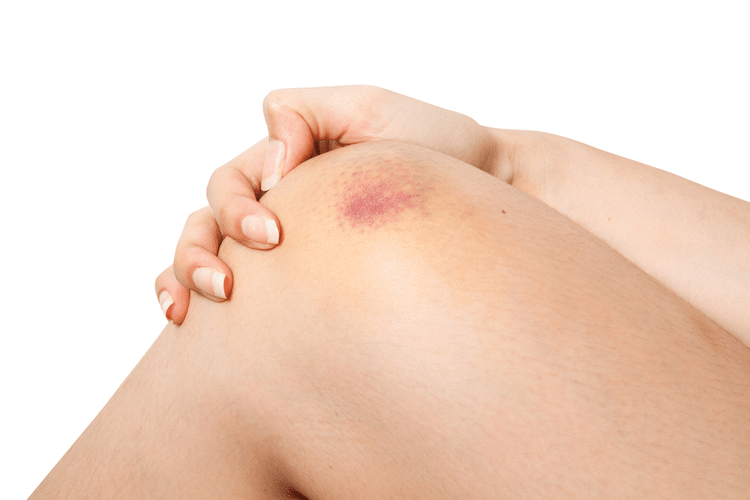Content
Anxiety and depression are common how to taper off alcohol withdrawal symptoms. Discussing these issues with a loved one can help you avoid relapse. Tapering off alcohol was long ago considered the primary approach for alcoholism treatment. While it is possible to manage alcohol detoxification without medical supervision, it is extremely dangerous and can be fatal. Along with increased direct risks to one’s health, tapering also results in a much higher relapse rate.
- It is incredibly important to talk to your healthcare provider about alcohol addiction treatment options.
- It may be useful to note what you were feeling and thinking leading up to and at the time of drinking.
- Alcohol proof2is the amount of alcohol found in distilled spirits or liquor.
- Establishing new habits and routines, and dealing with the underlying causes of your drinking habits, are essential to lasting recovery.
- Someone will slowly diminish the amount they drink with the intention of avoiding the symptoms of alcohol withdrawal completely and will hopefully be able to avoid a relapse as well.
Although the symptoms can vary for each person based on personal factors, many people share common experiences during this process. Medical detox can help minimize the unpleasant and dangerous side effects of alcohol withdrawal. Alcohol withdrawal symptomsusually occur within 6–4 hours6after stopping alcohol and can last for 2–10 days11. Figuring out where to start your alcohol taper schedule can seem impossible.
Find A Detox
You’ll need to stick with gradual reduction every day and not revert to previous levels of consumption, otherwise it won’t work. If it’s too hard to control how much you drink each day, weaning might not be the right strategy. That said, there are now several medications that can help reduce your cravings and make weaning off alcohol easier. It’s vital to speak with a medical professional before you begin weaning off alcohol to ensure you have a plan to do so safely. Substituting a prescription drug for alcohol should only happen with the help of a medical professional. No one should ever attempt a substitution taper with prescription medication unless their doctor specifically prescribed it for that purpose in a medical detox program.

A final strategy to assist with an alcohol taper is to get a good network of peer support. This is dangerous because if you have unsuccessfully tried to stop drinking in the past with only mild withdrawal symptoms, you may assume you can handle another attempt on your own without help. Unfortunately, your brain may be sensitized to withdrawal due to kindling, which can set you up for unexpectedly severe withdrawal symptoms. In addition, social pressures can make it hard to quit drinking, especially if your friends or family also drink heavily.
The Truth About Liquid Courage: Finding Confidence Without Alcohol
The best way to taper off alcohol is to find healthcare professionals who can assess one’s current intake. This will be the basis of the protocol to taper off the substance to increase the chances of success. People with mild to moderate withdrawal symptoms may benefit from outpatient rehabilitation and safe tapering. Unlike inpatient treatment, tapering allows people to maintain their lifestyles while improving their drinking habits.
CDC Clinical Practice Guideline for Prescribing Opioids for Pain … – CDC
CDC Clinical Practice Guideline for Prescribing Opioids for Pain ….
Posted: Fri, 04 Nov 2022 07:00:00 GMT [source]
One of those decisions will be what you will do when friends or family pressure you to drink. Going cold turkey can lead to acute alcohol withdrawal for those who have a history of long-term and/or heavy alcohol use.
Reduce Your Number of Drinks Per Day
While these symptoms are not life-threatening per se, they can be pretty uncomfortable. Aside from unavoidable triggers, tapering off alcohol can also have side effects which can be difficult to manage at home. Support groups such as Alcoholics Anonymous or sober living houses can help you get connected with peers who are going through the same journey as you are. This is a 12 step intervention for alcohol abuse and addiction that can help lead to recovery from alcohol abuse; sober living houses provide mutual sobriety support to help you remain alcohol-free. Providers may prescribe medications such as benzodiazepines to reduce the effects of alcohol withdrawal. Heavier drinkers can taper off faster with medical supervision, but the process can still take weeks or months. However, for people with an AUD, quitting cold turkey or tapering is not advisable.
Because alcohol withdrawal symptoms can be life-threatening in some cases, safety is crucial when you work towards sobriety. Little scientific evidence exists regarding tapers, but medical detox has been proven to be asafe and effectiveway to quit drinking. These are general guidelines, and different people will experience different alcohol withdrawal timelines depending on their drinking habits. It is highly recommended to speak with a doctor, therapist, or some form of medical professional before beginning. Tapering is the practice of reducing the consumption of alcohol over a period of time until the amount of alcohol in the system has dropped to zero. The goal of an alcohol taper is to minimize the withdrawal symptoms while still undergoing detox. In essence, tapering is a detoxification process that is not being administered or observed by a doctor or medical staff.